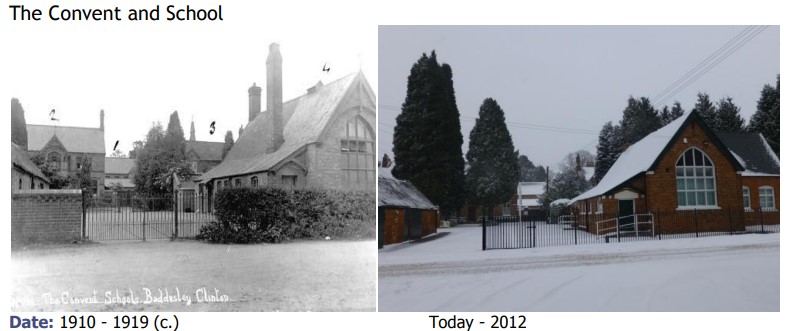Highlights from History – What is the history of the area?
Settlement in Baddesley Clinton is believed to date back to medieval times. The village name is derived from the much visited and charming moated Medieval Manor House, now owned by the National Trust. The name Baddesley is believed to refer to a Saxon called Baeddi who first cleared the site in the Forest of Arden. Later when the de Clinton family dug the moat at the Manor House it became known as Baddesley Clinton. Before the Manor was given to the National Trust it was the home of the Ferrers family for over 500 years.
Hay Wood also lies within the parish and is a surviving part of the original ancient Forest of Arden which once covered large tracts of this part of Warwickshire. Hay Wood is now owned by the Forestry Commission and is an attractive leisure amenity and a haven for wildlife.
The Medieval Church of St Michael on the National Trust estate would have been the place of worship for the Ferrers family of Baddesley Clinton prior to the reformation but they remained steadfast Catholics which later gave rise to the establishment of a Victorian Catholic Church within the village and a Convent for the sisterhood of the Poor Clares. Much of the parish is in an area of particularly attractive countryside, popular with walkers, cyclists and equestrians.
The Roman Catholic Church of St Francis of Assisi, erected in 1793, was rebuilt in 1870 in the French Gothic Style. In the churchyard Marmion Edward Ferrers, Lord of the Manor 1830–84, is buried. The Convent for the sisters of the Poor Clares and the village school were also built in 1870. The school closed in 1990.

Development of housing in the main part of the village, located between the A4141 and the Church of St Francis of Assisi, has mostly taken place in the 20th Century at various periods. The village comprises a mixture of semi-detached and detached properties ranging in size from quite small houses to larger detached properties. A substantial proportion of the village’s 75 properties were built in the early part of 20th Century as social housing. Some remain Local
Authority owned, whilst others have passed into private ownership. Further social housing development took place in the 1960s, including bungalows which face the Village Green. In the past 20 years the site of a former garage, on the corner of Rising Lane and Warwick Road was used to build affordable housing and site 14 smaller dwellings. Other recent infill developments have taken place consisting mainly of individual detached dwellings.
Away from the main village lie mainly detached dwellings dating from various periods, several of which are old farmhouses and converted farm buildings notably the listed development of Manor Park Farm on the corner of Rising lane and Hay Wood Lane.